Constructive Disruption: The Story Behind the Award-Winning Save the Tiger Campaign
As a "constructive disruptor," I have always strived to create change in a positive and meaningful way. Throughout my career in leading ad agencies such as BBDO, Ogilvy, and Leo Burnett in Asia, I have embraced this role, challenging norms and driving impactful campaigns. One such campaign that exemplifies this approach is the award-winning Save the Tiger Campaign. In this article, I will share the story behind this remarkable initiative, highlighting its ability to challenge traditional beliefs and raise awareness for tiger conservation.
Unveiling the Controversial Truth
During that time, a prevalent and deeply rooted belief existed among many elderly Chinese: that tiger penis possessed aphrodisiac qualities. Consequently, the tiger population suffered as a result of this misguided belief. In an era marked by cultural sensitivity and the rise of extreme wokeism, where controversial discussions are often shunned, we made a bold move. We decided to confront Chinese culture head-on with a headline that read, "Destroy the myth, not the tiger!"
Crafted by Neil French, the former Worldwide Creative Director of Ogilvy, our campaign aimed to debunk the traditional practice and shed light on the lack of scientific evidence supporting its claims. We emphasized the existence of alternative solutions and highlighted the harsh reality that the perpetuation of these beliefs was jeopardizing the majestic presence of tigers, depriving future generations of their beauty and significance.
A Stir of Controversy and Awareness
Unsurprisingly, the Save the Tiger Campaign generated an enormous stir, igniting a fervor of discussions and reactions, particularly among Caucasian individuals who felt compelled to defend their Asian friends. The campaign confronted vested interests and traditions, adding fuel to the fire and further propelling its fame.
However, amidst the controversy, the campaign achieved its primary objective—it raised awareness for the Wildlife Conservation Society (WCS) and the urgent need for tiger conservation.
Triumph at Cannes
The impact of the Save the Tiger Campaign extended far beyond the initial controversy it sparked. Its creative approach, combined with the powerful message it conveyed, resonated with audiences and industry experts alike. At the prestigious Cannes Lions International Festival of Creativity, the campaign emerged as the top print campaign of the year, receiving accolades and multiple awards. This recognition solidified its status as a groundbreaking initiative that effectively merged creativity with a profound social cause.
The Power of Constructive Disruption
The Save the Tiger Campaign serves as a testament to the power of constructive disruption. It dared to challenge long-held beliefs, initiate difficult conversations, and stimulate widespread awareness for an urgent conservation cause. By combining creativity with a clear and impactful message, the campaign captured the attention of a global audience and catalyzed positive change.
The Save the Tiger Campaign stands as a shining example of the impact that can be achieved through constructive disruption. By confronting traditional beliefs, the campaign shattered misconceptions and raised awareness of the critical need to conserve tigers. Its success at Cannes highlighted the importance of merging creativity with a meaningful message. As a constructive disruptor, I continue to be inspired by campaigns like Save the Tiger, pushing boundaries and striving to make a positive impact in the world.
